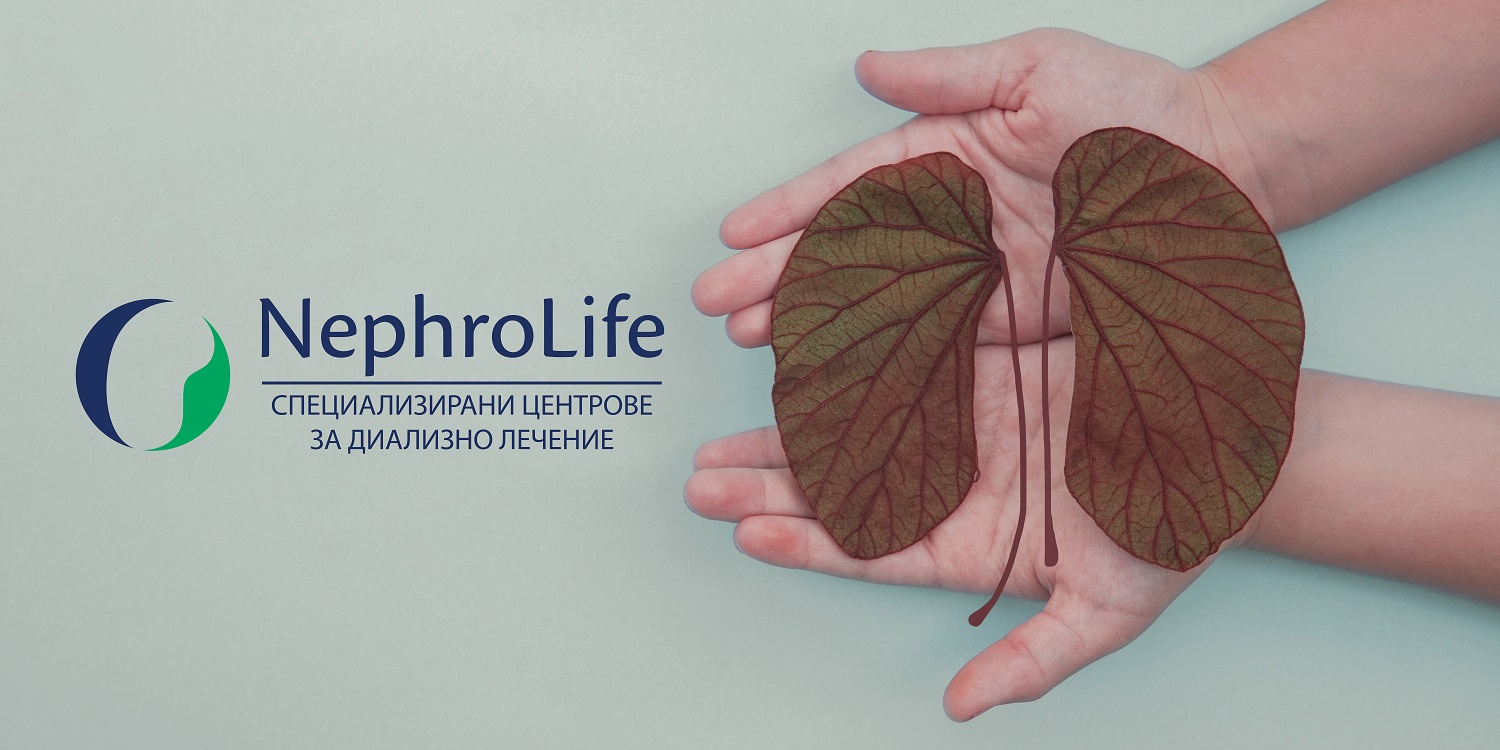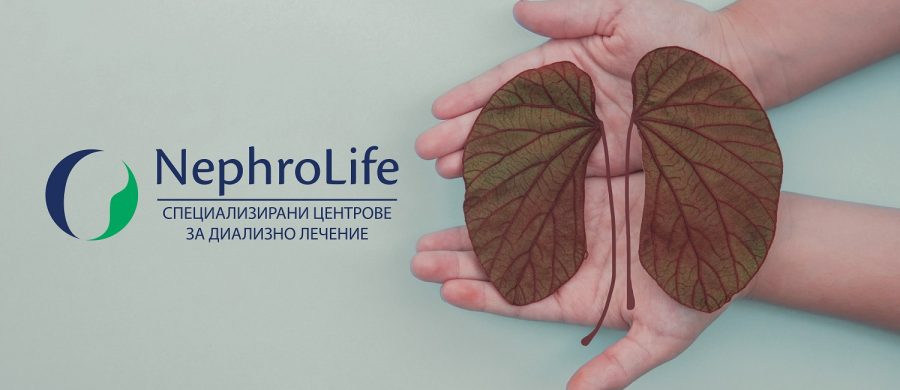The adrenal glands are two in number, located at the apex of the kidneys, composed of two separate parts. They are part of the human endocrine system, producing hormones necessary for the normal functioning of the body. The adrenal cortex – the outer part of the gland – produces vital hormones such as cortisol (which helps regulate metabolism and helps the body respond to stress) and aldosterone (which helps control blood pressure). The medulla of the adrenal gland – the inner part of the gland – produces non-essential (non-life-sustaining) hormones, such as adrenaline (which helps the body respond to stress).
Anatomy of the adrenal glands
The adrenal glands are triangular in shape, about 1.5 inches high and 3 inches long. They are located on top of each kidney. Each adrenal gland consists of two separate structures – the outer part – the adrenal cortex and the inner part, known as the adrenal medulla.
Adrenal hormones
The adrenal cortex and the adrenal medulla have many different functions. One of the main differences between them is that the hormones secreted by the adrenal cortex are vital and those secreted by the adrenal medulla are not.
What are the symptoms of adrenal disorders?
Symptoms of adrenal disorders may include:
dizziness
excessive fatigue
sweating
nausea and vomiting
low blood sugar
low blood pressure, also known as hypotension
dark spots on the skin
muscle and joint pain
weight gain or loss
At the beginning, symptoms of adrenal disorders do not make an impression. But, over time, they usually manifest themselves with greater force. If you periodically experience any of these health problems, it is best to consult a doctor.









